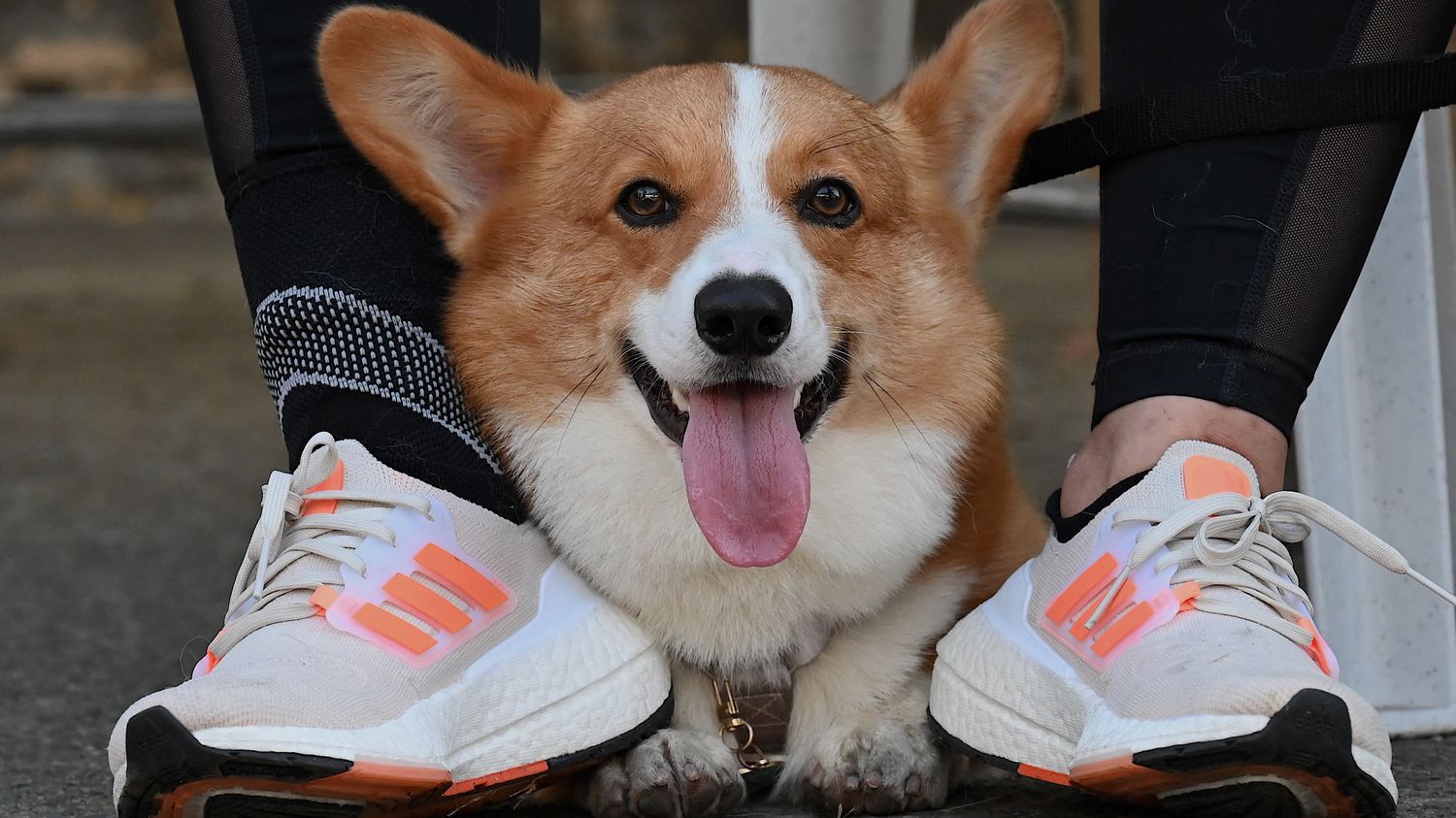During the confinement, many Asians and Europeans adopted a pet. They have created strong bonds with their animal and the prospect of their death worries them. So a Filipino company decided to offer replicas… in plush.
Since the company Pampanga Teddy Bear Factory, based north of Manila, pitched her idea, she’s overwhelmed with demands from society. His boss, David Tan, originally a producer of classic children’s soft toys, noticed that pet owners are often traumatized by the death of their pooch or kitty. Especially those who decided to adopt them during the Covid-19 health crisis. David Tan’s idea was therefore to clone them into stuffed animals, to keep track of his cat, dog or even rabbit in the living room.
>> United States: after 53 years in a Florida water park, the orca Lolita will return to its native Pacific Ocean
Clone your stuffed dog, instructions for use
On the company’s website, there are dozens of possible dog breeds. You have to select a “base”: cocker spaniel, poodle, shiba inu… Then, for the stuffed clone to be as realistic as possible, you have to send as many photos of your favorite animal as possible.
About twenty designers are impatiently awaiting this documentation, to analyze your dog from all angles. They will then draw a pattern, following the exact size of your dog. They will stuff it with foam, then dye the hairs according to the features, the shapes of the model in the photo.
Manufacturing takes a few weeks. It takes 60-70 euros for a small dog, not including delivery costs.
Explosion of requests since Covid-19
The Covid-19 pandemic has caused spending on dogs and cats to skyrocket. It has become a gigantic market between 2020 and 2023. Already by adopting a pet, millions of families have taken the plunge: in the Philippines, 67% of households report having a dog at home. It is also very popular in Japan among couples who do not have children.
Then come all the ancillary costs: food, the veterinarian, toys, insurance or the special stroller… and therefore the cuddly toy of the beloved animal. In total, for the Asia-Pacific region, we are talking about more than 30 billion dollars of annual expenditure related to a pet. According to the firm Rize, the increase in these expenses is not over. This should still increase by at least 10% or 12% per year.
